The Land of Israel/Palestine, also known as the Holy Land, Israel or Palestine, is the birthplace of the Jewish people, the place where the final form of the Hebrew Bible is thought to have been compiled, and the birthplace of Judaism and Christianity. It contains sites sacred to Judaism, Samaritanism, Christianity and Islam. The region has come under the sway of various empires and, as a result, has hosted a wide variety of ethnicities.
Part of the significance of the land stems from the religious significance of Jerusalem (the holiest city to Judaism, and the location of the First and Second Temples), as the historical region of Jesus' ministry, and as the site of the first Qibla of Islam, as well as the site of the Isra and Mi'raj event of circa 621 CE in Islam.
The archaeology of the Holylands of Israel/Palestine is the study of the archaeology stretching from prehistory through three millennia of documented history. The ancient Land of Israel/Palestine was a geographical bridge between the political and cultural centers of Mesopotamia and Egypt. Despite the importance of the country to three major religions, serious archaeological research only began in the 15th century CE.

Islamic archaeology is a specialized field within the broader discipline of archaeology that focuses on the study and excavation of archaeological sites and artifacts associated with the Islamic world. It is a multidisciplinary field that combines archaeology, history, art history, anthropology, and other related disciplines to explore the material culture, history.
Explore the Islamic Archaeology
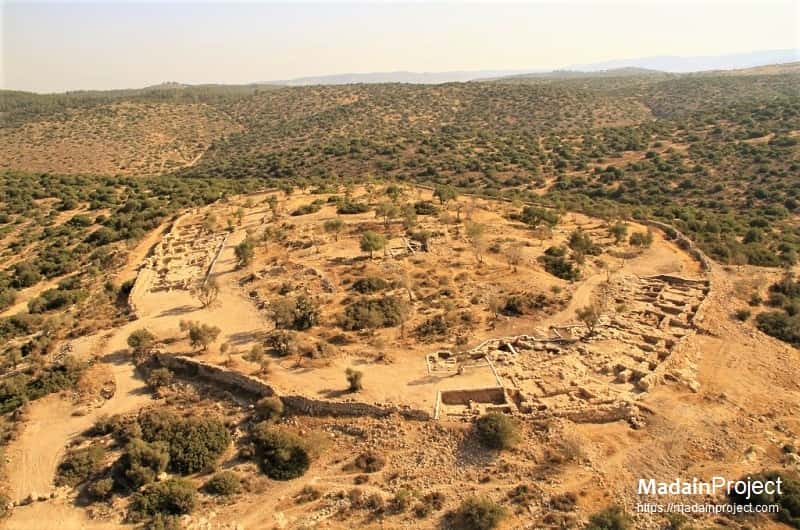
Biblical archaeology is a specialized branch of archaeology that focuses on the excavation, study, and interpretation of archaeological sites (primarily ancient Near East, Israel, Palestine, Jordan, Egypt, and surrounding areas.), artifacts, and historical records related to the events, figures, and places mentioned in the Bible and other ancient religious texts.
Explore Biblical Archaeology

Levantine archaeology is a subfield of archaeology that focuses on the study of archaeological sites, artifacts, and historical contexts in the Levant region, a region rich in history and archaeological record, of the Eastern Mediterranean. The Levant includes parts of modern-day countries such as Israel, Jordan, Lebanon, Palestine, Syria, and parts of Turkey and Cyprus. Explore Levantine Archaeology
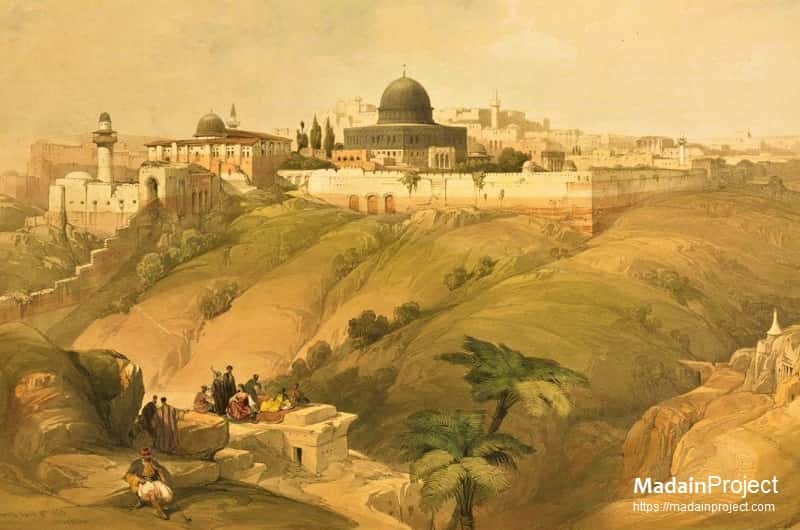
Jerusalem's story is deeply intertwined with various civilizations, religions, and cultures. Archaeological excavations have revealed evidence of human settlements in the area dating to the Chalcolithic period (4500-3300 BCE) and the Early Bronze Age (3300-2000 BCE).
Explore Ancient Jerusalem
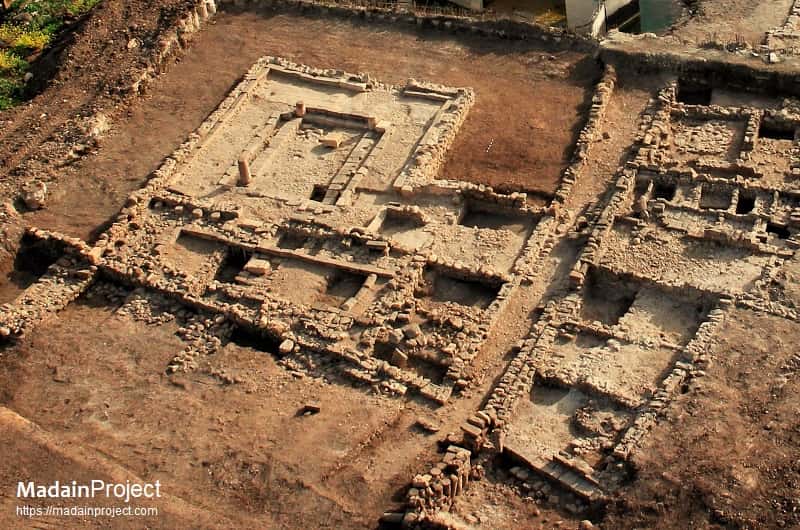
Magdala, also known as Migdal, is an ancient town located on the western shore of the Sea of Galilee in the northern part of modern-day Israel. The history and archaeology of ancient Magdala have gained prominence due to the discovery of significant archaeological remains and its potential connection to Mary Magdalene.
Explore Ancient Magdala

Masada is an ancient fortress located on a plateau overlooking the western shore of the Dead Sea. Masada's history is primarily associated with the Jewish-Roman War (66-73 CE). It served as a last stronghold for a group of Jewish rebels known as the Sicarii, who resisted Roman rule.
Explore Ancient Masada
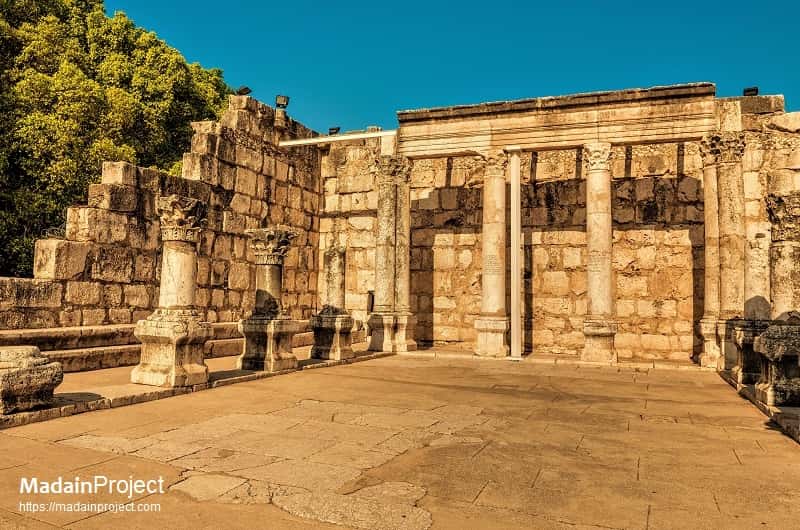
Capernaum, also known as Kfar Nahum (Village of Nahum) in Hebrew, was a small fishing village in the first century CE. It is often referred to as the "city of Jesus" because it played a central role in his ministry. One of the most significant archaeological discoveries in Capernaum is the remains of an ancient synagogue.
Explore Ancient Capernaum

et-Tell has been promoted as the most likely capital of the kingdom of Geshur, a place also inhabited on a lesser scale during the time ofJesus and identified with the town of Bethsaida of New Testament. It controlled the main routes passing through the Jordan Valley and the Golan Heights toward Damascus and Syria.
Explore Ancient et-Tell

an-Nabi Samwil, also called al-Nabi Samuil (النبي صموئيل) is a Palestinian village of nearly 220 inhabitants in the Quds Governorate of the State of Palestine. The village is built up around the Mosque of Nabi Samwil, containing the purported (tradition dating back to the Byzantine period ) Tomb of Samuel.
Explore Nabi Samuel
Dating from the second half of the 6th century, the Madaba Map mosaic depicts the geography of the Holy Land at that time. It is the oldest map of the Holy Land in existence. Discovered in a remote Ottoman town of Jordan in 1884 CE, the Madaba Map is both a masterpiece of Byzantine design and a working map of Jerusalem and the sixth-century Middle East. The cartographic accuracy of the Madaba Map enabled scholars to identify landmarks in its representation of Jerusalem. Among these is the New Church of St. Mary, the Mother of God, consecrated on November 20, 542 CE.
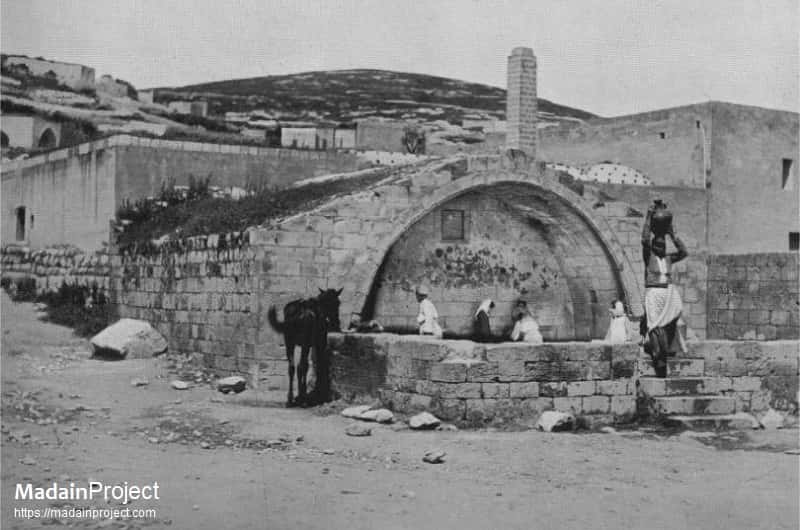
Nazareth was a small Jewish village in the region of Galilee during the Hellenistic and Roman periods. Nazareth is mentioned in the New Testament of the Bible, particularly in the Gospels of Matthew and Luke, as the hometown of Mary and Joseph, the parents of Jesus, and is associated with the Annunciation, the visitation of the angel Gabriel to Mary. Explore Ancient Nazareth

The site is primarily known for the discovery of the Dead Sea Scrolls, a collection of ancient Jewish texts. Qumran was settled during the Hellenistic period (around the 2nd century BCE) and continued to be inhabited through the Roman period. The site's location near the Dead Sea and its proximity to Jerusalem made it strategically important. Explore Ancient Qumran
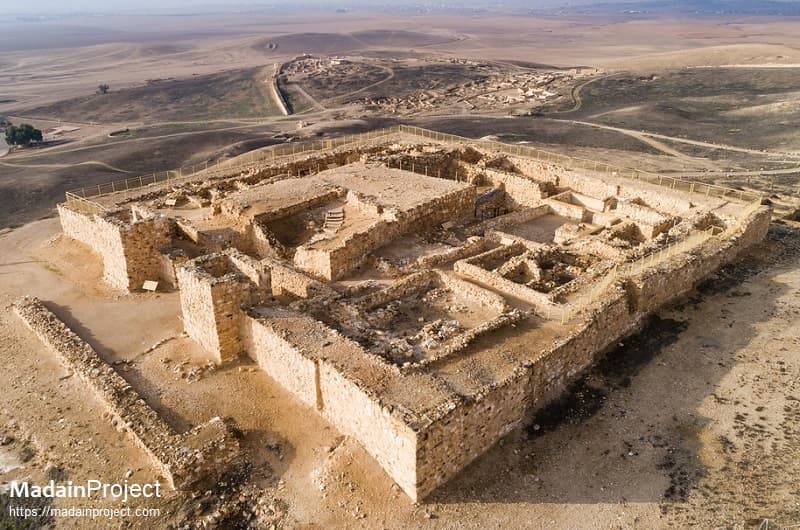
Tel Arad is an archaeological site located in the southern part of Negev Desert. Tel Arad features a well-preserved layout of an Iron Age II Israelite fortress. The site is divided into three main parts: the upper citadel, the lower city, and the fortifications with massive walls, a gateway and a sophisticated water system. Explore Ancient Arad

The earliest settlement at Tel Beersheba dates back to the Middle Bronze Age (circa 2000 BCE), a small agricultural settlement. The site reached its peak during the Iron Age, particularly during the time of the Kingdom of Judah (around 1000-586 BCE). Beersheva became one of the largest and most important cities in the southern part of ancient Israel. Explore Tel Beersheva

The ancient site was originally settled during the Bronze Age and served as a Canaanite city. During the Iron Age, particularly in the biblical period, Tel Dan was part of the northern kingdom of Israel. It is associated with the tribe of Dan and plays a role in biblical narratives related to the division of Israel into northern and southern kingdoms. Explore Ancient Tel Dan
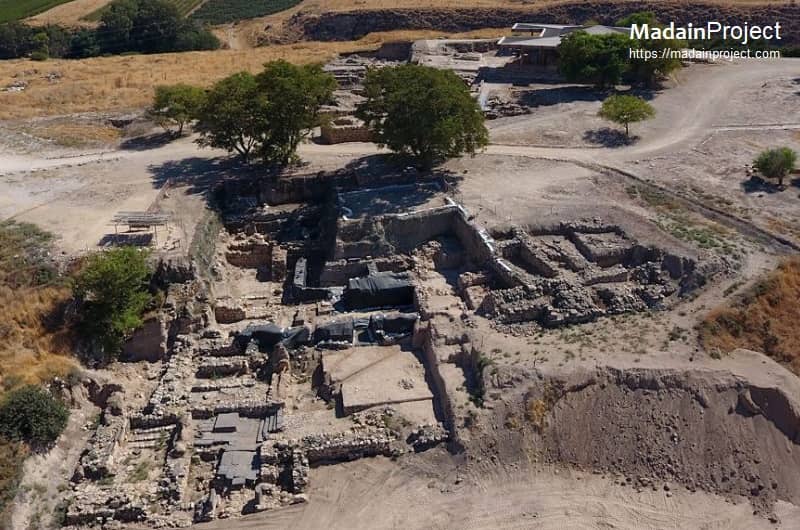
Tel Hazor, also known as Tell el-Qedah is one of the most significant archaeological sites due to its historical importance, particularly during the Bronze Age and Iron Age. It was a major Canaanite city, also mentioned in ancient Egyptian and Hittite texts, during this period and played a central role in the trade networks of the ancient Near East. Explore Tel Hazor
Two open-type mosques were discovered at a large nomadic site in a wide valley, 500 meters east of Be'er Karkom. The discovery of two open-type mosques in this settlement can be explained by its size, it being one of the largest sites dating back to the sixth till eighth centuries CE in the southern Negev Highlands.
And by its proximity to Be'er Karkom, one of the few water sources in the region. These mosques have no building on them. They are simply land cleared away and stones laid out, so that the faithful can pray.

Jericho, located in the West Bank near the Jordan River, is one of the oldest inhabited cities in the world. Its history dates back to the Neolithic period (circa 8000 BCE). By the Bronze Age (circa 3300 BCE), it had developed into a walled city. Jericho is mentioned in ancient Egyptian texts and the Bible as a significant Canaanite city. Explore Ancient Jericho

Tel Megiddo, often referred to simply as Megiddo, is an archaeological site located in the Jezreel Valley of modern-day Israel. It is one of the most historically and archaeologically significant sites in the region. Megiddo's history can be traced back to the Bronze Age, with evidence of settlement as early as the 4th millennium BCE. Explore Ancient Megiddo
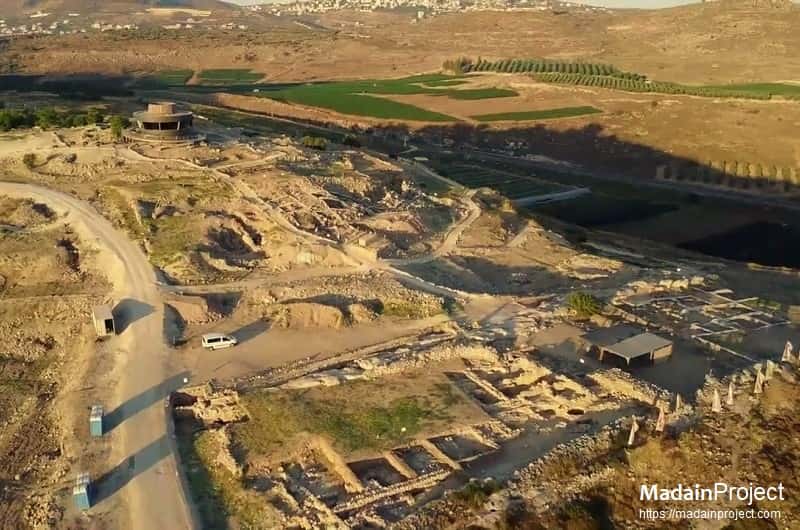
It holds significant historical and biblical importance due to its association with the Tabernacle, an important religious structure in historic Judaism. It is prominently mentioned in the Hebrew Bible. It served as the religious center of the Israelites during the early period of their settlement in the Promised Land. Explore Ancient Shiloh
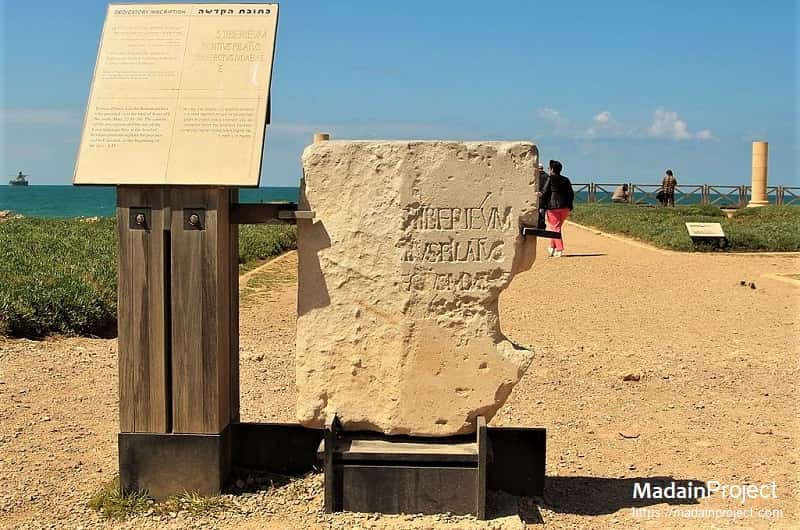
Caesarea Maritima, often referred to simply as Caesarea, was a significant city and port in antiquity with a rich history and a blend of Roman, Hellenistic, and Jewish influences. Caesarea Maritima was founded in the first century BCE by King Herod the Great, a Roman client king, and was named in honor of the Roman Emperor Augustus Caesar. Explore Ancient Caesarea
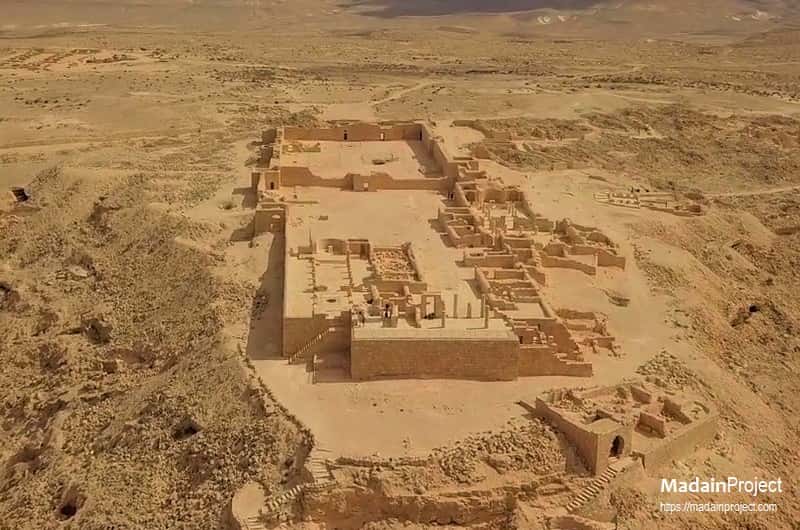
Avdat, originally founded as a small Nabatean caravan station in the third century BCE, is an ancient archaeological site located in the Negev Desert. It was once a thriving Nabatean (nomadic Arab people) city and an important stop along the ancient Incense Route, which connected the Arabian Peninsula to the Mediterranean Sea. Explore Ancient Avdat

Beit She'an, also known as Scythopolis in antiquity, has ancient origins dating back to the Canaanite period, with evidence of settlement from as early as the fifth millennium BCE. It was known as a Canaanite city during the Bronze Age. The city played a role in the conflicts between the Philistines and Israelites in the biblical narrative. Explore Ancient Beit Shean
The small mud-bulla was found by a team from the Hebrew University of Jerusalem at the site of an ancient dump, beside the wall that surrounds Jerusalem's Old City. It is thought the oval bulla, which is 13mm (0.5in) wide, was once attached to a papyrus document signed by Hezekiah, one of the kings of Judah. It is believed to have been thrown out with the rubbish from a royal building.
The bulla is imprinted with the symbol of a winged sun and an inscription in an ancient Hebrew script, saying: "Belonging to Hezekiah [son of] Ahaz king of Judah". Hezekiah, who ruled from 727-698 BCE, is described favourably in the Bible, as well as in the chronicles of the Assyrian kings, who ruled during his time.

Khirbet Qeiyafa located southwest of Jerusalem, gained significant attention due to its debated association with a fortified city dating to the late eleventh century BCE, which corresponds to the time of King David in biblical history. It is primarily known for the discovery of a well-planned fortified city with massive stone walls, watchtowers, and gates. Explore Ancient Khirbet Qeiyafa

The history of Khirbet Beit Lei, or Beth Loya, located near Tel Lachish, dates back to the Bronze Age, with evidence of settlement during this period. The site continued to be inhabited into the Arab period, until at least the Mamluk period, with various layers of occupation. Ancient Hebrew inscriptions, known as the Khirbet Beit Lei graffiti, were found in the caves. Explore Ancient Beth Loya

Nabi Musa is an important religious and archaeological site, believed to be the burial place of Prophet Moses (known as Musa in Arabic), making it a significant place for both religious pilgrimage and archaeological study. According to the Abrahamic tradition, Moses led the Israelites through the wilderness and received the Ten Commandments on Mount Sinai. Explore Ancient Nabi Musa

The Archaeological site of Ramat Rachel is an ancient settlement dating back from the Judahite Kingdom, Byzantine and early Islamic periods. Ramat Rachel means the hills or heights of Rachel, referring to the Abrahamic matriarch Rachel, the favorite of Jacob's two wives, and the mother of Joseph and Benjamin. Explore Ancient Ramat Rachel

Tel Kedesh, also known as Tel Kadesh or Qadesh, is an ancient archaeological site was strategically located near ancient trade routes and served as a regional center. During the Canaanite period, Tel Kedesh was part of the Canaanite city-states that dotted the region and played a role in the broader political and economic landscape. Explore Ancient Tel Kedesh

Shivta, established during the first century CE, was once a thriving Nabatean city during the late antiquity. Shivta served as a crucial stop along the incense trade route that connected southern Arabia to the Mediterranean. It was annexed by the Roman Empire in the early second century CE. Explore Ancient Shivta
In 1986, a 2,000-year-old boat was discovered in Israel on the banks of the Sea of Galilee. The vessel is representative of the large fishing boats common on the ancient lake, and the type of boat used in the Gospels by the disciples of Jesus. It is also the type of boat used by the Jews in the brutal nautical Battle of Migdal in 67 CE against a makeshift Roman fleet.
Extracting it safely presented a huge challenge to excavators. Conservation of its waterlogged timbers then took 11 years. In 2000 the vessel — officially known as "The Ancient Galilee Boat" — went on permanent display in the Yigal Allon Museum at Kibbutz Ginosar, near where it was discovered.

Bethsaida (beth-tsaida), also known as Julias, is a place mentioned in the New Testament. According to saint John, Bethsaida was the hometown of the apostles Peter, Andrew, and Philip, the three fishermen. According to Mark it was also the site of one of Jesus' miracles where reportedly restored a blind man's sight at a place just outside the ancient village of Bethsaida. Explore Ancient Bethsaida

With a history dating back to the Hellenistic period, Banias has witnessed the rise and fall of empires, the evolution of religious practices, and the architectural innovations of its diverse inhabitants. Surrounded by lush landscapes and fed by the crystalline waters of the Banias River, this archaeological gem unveils a narrative rich in cultural, religious, and historical significance. Explore Ancient Banias

The ancient city of Banias is mentioned in the Gospels of Matthew and Mark, under the name of Caesarea Philippi, as the place where Jesus confirmed Peter's assumption that Jesus was the Messiah; the place is today a place of pilgrimage for Christians. Explore Ancient Philipi

The ancient synagogue at Kafr Bar'am, situated in the Upper Galilee region, represents a quintessential example of the "Galilean type" synagogue architecture prevalent during Late Antiquity. Scholarly consensus dates the primary structure to the 3rd century CE, within the Roman period, although some estimates extend its use into the 4th or 5th centuries CE. Explore Ancient Bethany
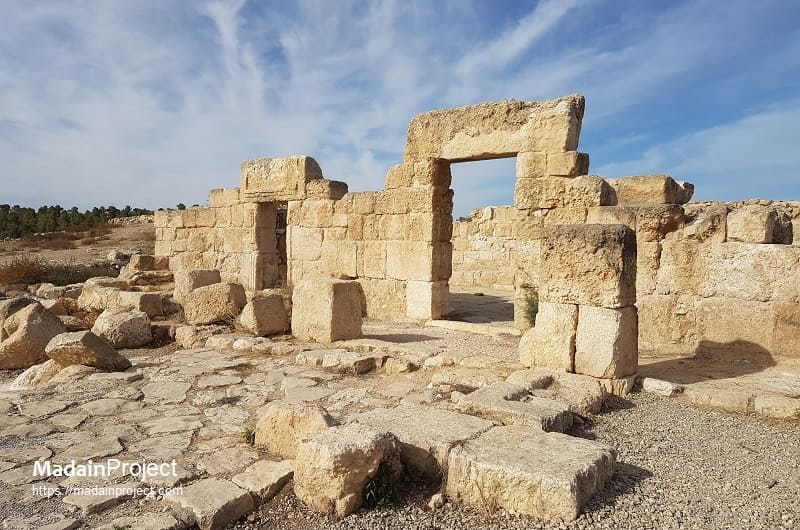
The Horvat Anim synagogue, located in the southern Hebron Hills, is an important archaeological site identified as the Jewish settlement mentioned as Anaia in the 4th-century Onomasticon by Eusebius of Caesarea. The main phase of the structure dates to the 4th–7th centuries CE, characteristic of the Late Antiquity period for synagogue construction in the region. Excavations conducted in 1988-1989 revealed substantial hewn-stone walls, an eastern entrance with intact lintels, and other architectural fragments. Explore Ancient Bethany

Hebron, known as al-Khalil in Arabic, is one of the oldest, dating back over 4,000 years, continuously inhabited cities in the world and is located in the West Bank, Palestine. Hebron is mentioned numerous times in the Hebrew Bible (Old Testament) and is associated with several important biblical figures, including Abraham, Sarah, Isaac, Jacob, and King David. It is traditionally considered the burial place of the patriarchs and matriarchs. Explore Ancient Hebron
The Harvard Semitic Museum hosts an extraordinary exhibit titled "The Houses of Ancient Israel: Domestic, Royal, Divine" providing a glimpse into life in an ancient Near Eastern agrarian society. The exhibit features full-scale reconstructions of houses typically found in what is now Israel. The exhibition structures were constructed using sun-dried mud bricks set on rough stone foundations. The exhibit explores domestic, royal, and divine aspects of life in ancient Israel and aims to showcase the rich history of cultures connected by the family of Semitic languages.

The West Bank, Palestine, is a region located in the Middle East, west of the Jordan River. The West Bank has a rich and ancient history dating back thousands of years. It was inhabited by various civilizations, including Canaanites, Israelites, Assyrians, Babylonians, Persians, Greeks, Romans and Muslims. The West Bank is a region of significant historical and archaeological importance, with a complex and multifaceted history. Explore West Bank (Palestine)
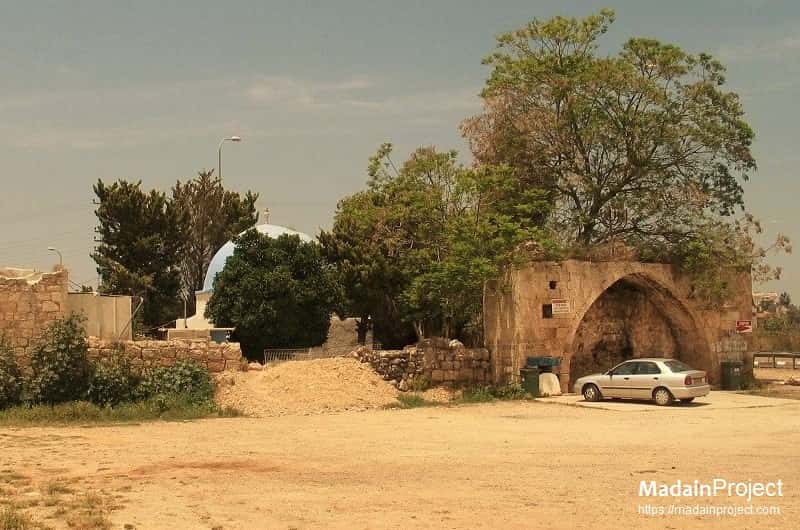
The Palestinian village of Kafr Saba was considered to be ancient Capharsaba – an important settlement during the Second Temple period in ancient Judea. It is mentioned for the first time in the writings of Josephus, in his account of the attempt of Alexander Jannaeus to halt an invasion from the north led by Antiochus, appears in the Talmud in connection to corn tithing and the Capharsaba sycamore fig tree. Explore Ancient Kfar Saba

Ein Gedi was inhabited by various civilizations, including the Canaanites, Israelites, and later, the Romans. It is mentioned in the Bible in the context of the story of David and King Saul, when David took refuge in the caves of Ein Gedi to escape from Saul, who sought to kill him. One of the most notable archaeological findings in Ein Gedi is the remains of an ancient synagogue dating to the Byzantine period. Explore Ancient Ein Gedi
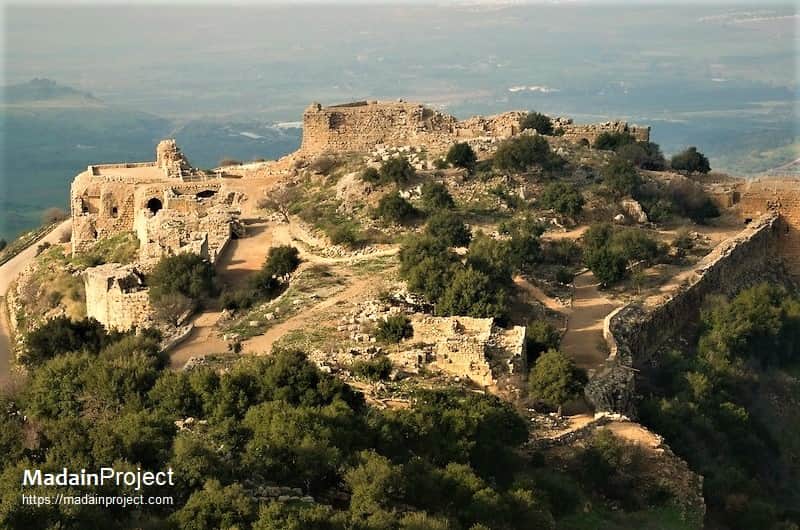
The Golan Heights, a region with a rich archaeological heritage and a complex history, have been inhabited since prehistoric times. Archaeological excavations have uncovered evidence of settlements dating back to the Neolithic period (around 10,000 BCE). The Golan Heights are mentioned in the Hebrew Bible (Old Testament) in relation to various historical events and cities. Explore Golan Height

The city traces its modern name back to the Roman period, when it was named Flavia Neapolis by Roman emperor Vespasian in 72 CE. Previously the site was occupied by an older Samaritan village, variously called Mabartha ("the passage") or Mamorpha. Holy places at the site of the city's founding include Joseph's Tomb and Jacob's Well. Explore Ancient Nablus

Yibna's history dates back to the Iron Age and possibly the Bronze Age, with evidence of settlement during this period. It was strategically situated along ancient trade routes and near the coast. Yibna, known as Jamnia during the Roman and Byzantine periods, was a coastal town with economic and commercial importance. Explore Ancient Yibna
The land of Palestine holds deep spiritual significance for millions of Muslims around the world. This sacred region is dotted with a multitude of shrines, mosques, and holy sites that bear witness to centuries of Islamic history, faith, and devotion. These hallowed sites are not only places of worship but also repositories of history, culture, and heritage. They provide a profound glimpse into the rich tapestry of Islam's presence in Palestine, from the early days of the faith to the modern era.
This article is primarily based on the works of Tawfiq Canaan, a pioneering Palestinian physician, medical researcher, ethnographer.

The history of Ashkelon dates back to the Bronze Age, with evidence of settlement during this period. During the biblical period, Ashkelon was one of the five Philistine cities mentioned in the Hebrew Bible (Old Testament). The city was a center of Philistine culture and power. It remained an important city during the Roman, Byzantine and early Islamic periods as well. Explore Ancient Ashkelon

Gezer, also mentioned in the victory stele of Merneptah, dating from the end of the 13th century BCE, was a Canaanite city during the Late Bronze Age and was mentioned in ancient Egyptian texts. It was later conquered by the Israelites under Joshua's leadership and became part of the territory allotted to the tribe of Ephraim. Explore Ancient Tel Gezer

According to the Bible, Galilee was named by the Israelites and was the tribal region of Naphthali and Dan, at times overlapping the Tribe of Asher's land. Up until the end of the Hellenistic period and before the Hasmonean conquest, the Galilee was sparsely populated. After the Muslim conquest of the Levant in the 630s, the Galilee formed part of Jund al-Urdunn. Explore Ancient Galilee

Also known as the Alexandreion or Qarn Sartaba in Arabaic was an ancient hilltop fortress constructed by the Hasmoneans, and later restored by king Herod, between Scythopolis and Jerusalem on a pointy barren hill towering over the Jordan Valley from the west. It was likely named after Hasmonean king Alexander Jannæus (104-77 BCE). Explore Ancient Alexandrium

Situated on the north-eastern bank of the Sea of Galilee, where Jordan River, al-Araj is an archaeological site dating back to the first century BCE and CE. More recently remains from the Roman and Byzantine periods have also been unearthed and identified as the Julias/Bethsaida. Explore Ancient al-Araj

Bethlehem's history dates back to ancient times. The city was originally settled by Canaanites and later became part of the territory of the Israelite tribes. It is mentioned in various historical and biblical texts, including the Hebrew Bible (Old Testament), where it is referred to as "Bethlehem Ephrathah", and as the traditional birthplace of Jesus . Explore Ancient Bethlehem

Timna Valley is one of the world's oldest known sources of copper ore. The area has a long history of copper mining dating back to the Chalcolithic (Copper Age) period, which began around 4500 BCE. During the Egyptian Middle Kingdom (c. 2000 BCE), the ancient Egyptians established mining operations in Timna to extract copper. One of the notable archaeological features in Timna is the "Temple of Hathor," an Egyptian-style temple. Explore Ancient Timna

Bethany, known as al-Eizariya in Arabic, is an ancient town located in the West Bank, near Jerusalem. Bethany is mentioned in the New Testament of the Bible, specifically in the Gospels of Matthew, Mark, Luke, and John. Known for its numerous ancient rock-cut tombs, it is often associated with the episode of Lazarus' raising from the dead. Explore Ancient Bethany
This book brings together for the first time an emerging centrist paradigm that the material cultural data, the biblical traditions, and the ancient Near Eastern written sources are all significantly relevant to the historical quest for Iron Age Israel.
See on Amazon
This rich and magisterial work traces Palestine's millennia-old heritage, uncovering cultures and societies of astounding depth and complexity that stretch back to the very beginnings of recorded history. Masalha attemps reveals that the concept of Palestine, contrary to accepted belief, is not a modern invention or one constructed in opposition to Israel, but rooted firmly in ancient past. Palestine represents the authoritative account of the country's history.
See on Amazon
In The Prophets of Israel, Old Testament scholar and longtime field archaeologist James K. Hoffmeier explores the biblical prophets through their ancient settings. Readers gain a more accurate and comprehensive understanding through many practical components. These features and photos vividly illustrate the biblical narratives and the prophets' concerns, helping readers better comprehend each text's message and make informed theological applications.
See on Amazon
Archaeological evidence is frequently cited by scholars as proof or confirmation that Palestine declined after the Muslim conquest, and especially after the rise of the Abbasids in the mid-eighth century. Instead, Magness argues that the archaeological evidence, freed insofar as possible of political and/or religious biases, supports the idea that Palestine and Syria experienced a tremendous growth.
See on Amazon
The regions that compose the current state of Israel and the emerging state of Palestine have yielded a wealth of fascinating archaeological evidence, from the Dead Sea Scrolls found in a cave in 1947 by a Bedouin searching for a lost sheep, to the remains of Roman camps and King Herod's luxurious palaces at the besieged city of Masada.
See on Amazon
Where did the Israelites live? What did people do for a living? What did they eat and what affected their health? How did the family function? These and similar questions form the basis for this book. The book introduces different aspects of daily life.
See on Amazon
Signup for our monthly newsletter / online magazine.
No spam, we promise.